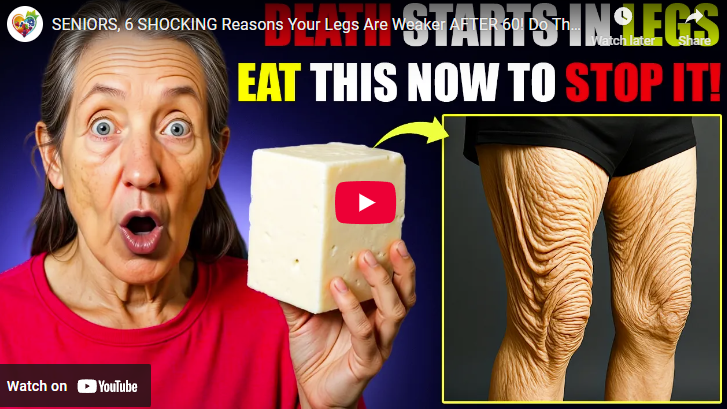
The Importance of Leg Strength After 60
As we age, we often encounter subtle difficulties in our daily activities that can leave us feeling frustrated. From getting out of a chair to walking down the street, tasks that were once simple may start to feel strenuous. Research indicates that after the age of 60, our legs can lose significant strength, affecting our independence and mobility. However, it's important to note that this decline is not an unavoidable aspect of aging.
In SENIORS, 6 SHOCKING Reasons Your Legs Are Weaker AFTER 60! Do This NOW!, the discussion dives into the impacts of aging on leg strength, exploring insights that sparked deeper analysis on our end.
Understanding Muscle Loss
One of the primary reasons for weakened legs as we age is silent muscle loss. Starting as early as our 30s, we gradually begin to lose muscle mass without even realizing it. By 60, many individuals may have lost up to 40% of their muscle strength. This gradual decline can significantly impact everyday tasks. Fortunately, regular movement and specific exercises can help build back strength at any age.
Circulation and Legs: The Connection
Another crucial factor is circulation. Reduced blood flow can lead to feelings of fatigue in the legs. As we get older, our circulatory system becomes less efficient, meaning oxygen and nutrients take longer to reach our muscles. Engaging in simple activities, even while sitting, can help improve circulation and strengthen our legs.
The Role of Balance
Balance is often overlooked, yet it greatly influences leg strength. As balance declines with age, we may take shorter steps or move differently, putting less strain on our leg muscles. Implementing exercises that improve balance can enhance overall leg strength, making everyday movements more manageable.
Actionable Steps to Strengthen Your Legs
Incorporating small, consistent movements throughout your day is key. Simple activities like standing up from your chair multiple times a day or walking can make a world of difference. Engaging regularly in physical activities, even those that seem mundane, can maintain and rebuild strength.
In summary, leg strength is essential for maintaining independence as we age. By understanding the reasons behind declining strength and taking proactive steps to counteract it, seniors can enhance their mobility and quality of life. Don’t let age define you; stay active and keep your muscles strong!
 Add Row
Add Row  Add
Add 




Write A Comment